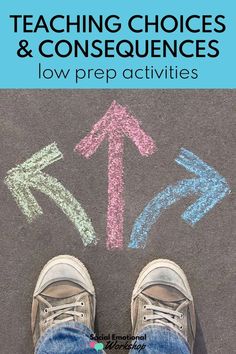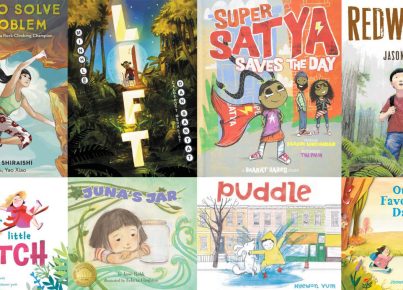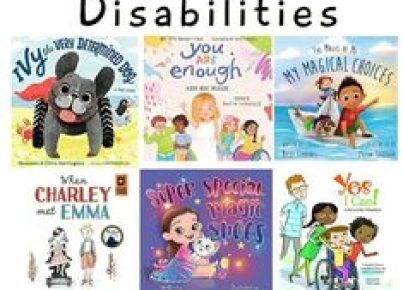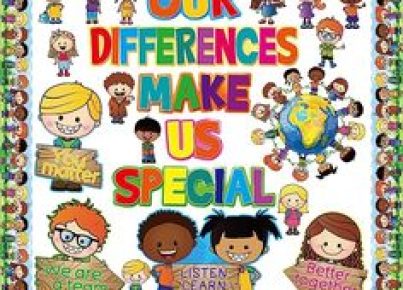Introduction:
Unconscious biases are deeply ingrained thought patterns and belief systems that can affect every area of our lives, including our experiences in the classroom. These biases can manifest as subtle, automatic responses, even in well-meaning individuals. For teachers and students alike, understanding unconscious bias is crucial to building more inclusive and supportive school environments. Here, we present 15 activities that can help illustrate the presence of unconscious bias in students.
1.Implicit Association Test (IAT): The IAT is a widely-used tool designed to measure implicit biases through rapid word and image pairings.
2.Microaggression role-play activity: Students can act out scenarios involving microaggressions that stem from unconscious biases to cultivate empathy and understanding.
3.Stereotype busting videos: Showing videos that challenge harmful stereotypes can help students identify and overcome their unconscious biases.
4.”Blind” group formation exercise: Randomly assign students to groups rather than allowing them to self-select. Afterward, ask them how they felt about their group members before knowing who would be in it.
5.Biases in media discussion: Analyze media representations for potential biases regarding culture, race, gender, or abilities and discuss the potential impact on viewers.
6.Hidden bias journaling: Encourage students to keep a personal journal in which they track their own hidden biases or assumptions over time.
7.Picture prompt analysis: Show an image which may prompt different interpretations (e.g., Picasso’s Guernica) and then discuss how individual biases influenced their interpretation.
8.The “Blue Eyes/Brown Eyes” exercise: Originally designed by teacher Jane Elliott, students are separated by eye color, with one group receiving preferential treatment for a day to demonstrate societal biases.
9.Bias awareness quiz: Create a quiz with questions relating to common stereotypes (e.g., who is more likely to be a doctor, a man or a woman?).
10.Team-based projects: Encourage collaboration between students of different backgrounds and promote positive intergroup interaction, thus reducing prejudice.
11.”Check Your Bias” game: Students can play a card game where they must examine their assumptions and biases to make decisions.
12.The privilege walk: To demonstrate privilege and how it is tied to unconscious bias, have students step forward or backward based on their experiences.
13.Paper bag test exercise: Without using faces, assess the variety of skin tones in your classroom by having students place their hands inside brown paper bags of varying shades.
14.Spotlighting examples: Discuss instances where marginalized groups triumphed despite facing biases (e.g., Serena Williams in tennis).
15.Reflection circles: Create a safe space for students to share their stories and reflect on their experiences related to unconscious bias.
Conclusion:
By incorporating these 15 activities into your classroom, you can create opportunities for students to recognize and better understand their unconscious biases. Moving beyond awareness, these exercises can foster empathy and spark change within the school community, ultimately promoting an environment where all students feel included and valued.





